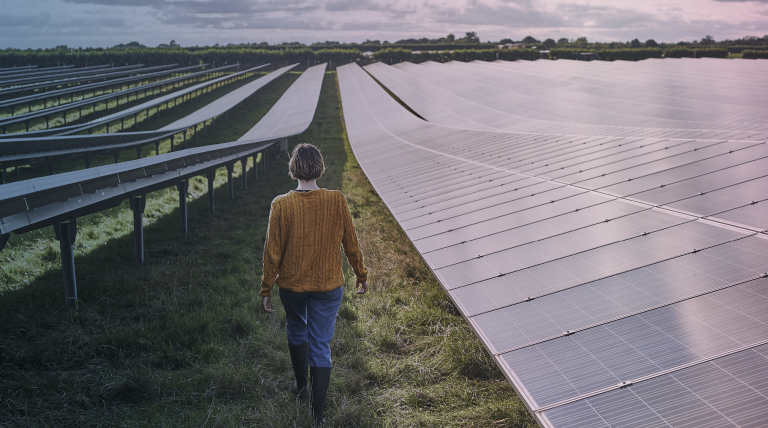For 40 years, we've been driving our country's economic and social progress. Four decades shaping Spain.
Red Eléctrica commissions the new 220 kV Mazaricos-Lousame line to bolster the transmission grid between the provinces of La Coruña and Pontevedra
- Together with the future 220 kV Lousame-Tibo line, currently undergoing the administrative permitting process, this new infrastructure will help close the 220 kV ring between the provinces of La Coruña and Pontevedra, which will improve the economic competitiveness of the Region of Galicia and boost its energy transition towards a model with a greater role for renewables.
Red Eléctrica de España (REE) has commissioned the new 220 kilovolt (kV) Mazaricos-Lousame line, which runs through the municipalities of Lousame, Rois, Brión, Negreira, Outes and Mazaricos. The 27.7 km long electricity line was completed in 16 months and had an investment of 11.7 million euros.
The goal of this facility, together with the 220 kV Lousame-Tibo line, which is currently in the final of its administrative permitting process with the Regional Government of Galicia, is to close a 220 kV ring between the provinces of La Coruña and Pontevedra, which will serve to bolster the electricity grid in the area, strengthening the guarantee of the electricity supply and helping to resolve technical constraints, with the consequent reduction in system costs. In addition, the closing up of this ring will enable the evacuation of the existing wind power generation and of the planned wind power generation in the area of the infrastructure, which is foreseen to be of around 800 MW.
Throughout the administrative processing phase, Red Eléctrica has worked in close contact with the local councils involved to explain the scope of the project and to seek the greatest possible consensus, by establishing an open dialogue framework with stakeholders in the territory.
Both lines are included in the Electricity Transmission Grid Planning for 2015-2020, approved by the Council of Ministers in October 2015. This infrastructure will contribute to improving the economic competitiveness of the Region of Galicia and will help drive its energy transition towards a model with a greater role to be played by renewables.












